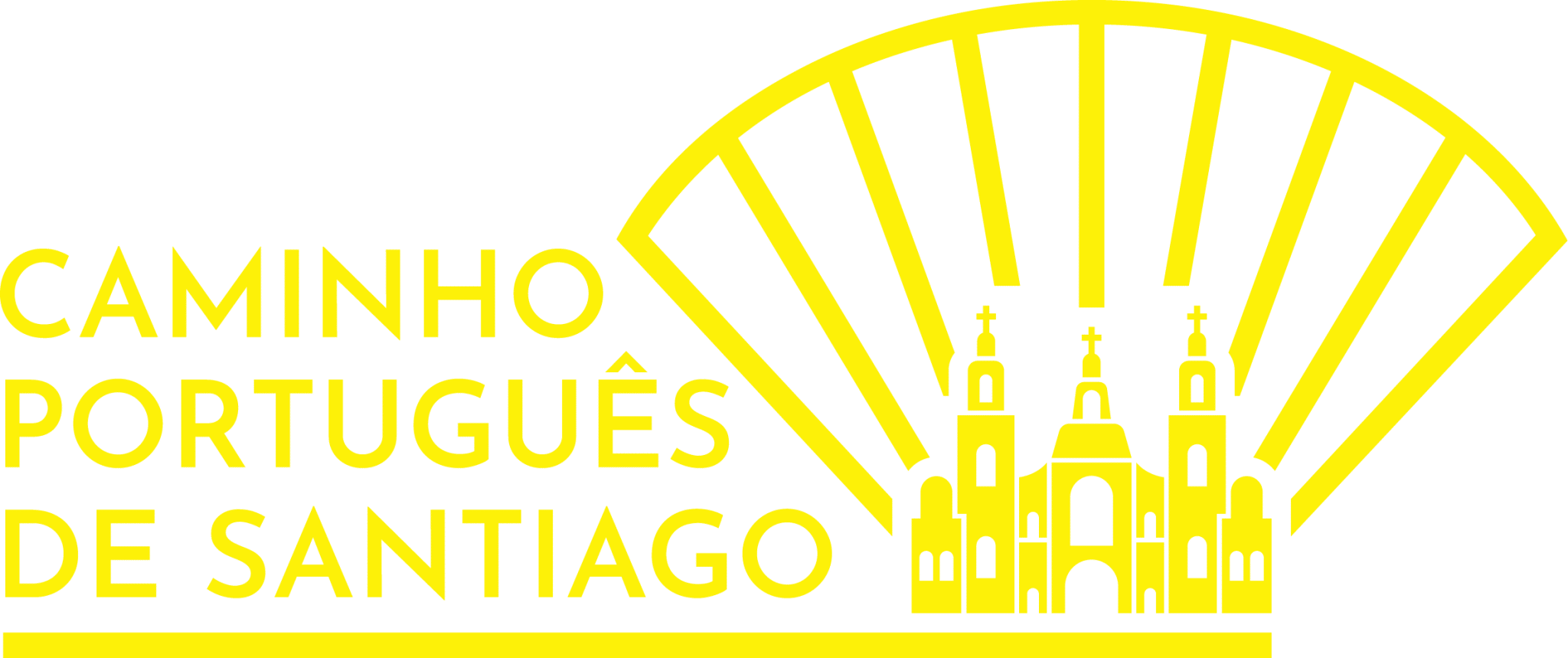The Portuguese Coastal Path
The Portuguese Way of the Coast is a magical and ancient experience, as it is one of the original routes of the ancient trail. Remarked by our good friends who run the Albergue de Caminha, it follows the Jacobean routes already trodden by pilgrims in times gone by.
That's why every step is taken as if they too were walking through the history of this territory. What's more, the presence of the sea so close by is a warmth for people who understand the true beauty of its blue.
It's also a route of options and choices, like all lives. In Caminha, for example, in order to continue along the historical and Portuguese route, you should go via Valença, where you will meet up with the Central Way.
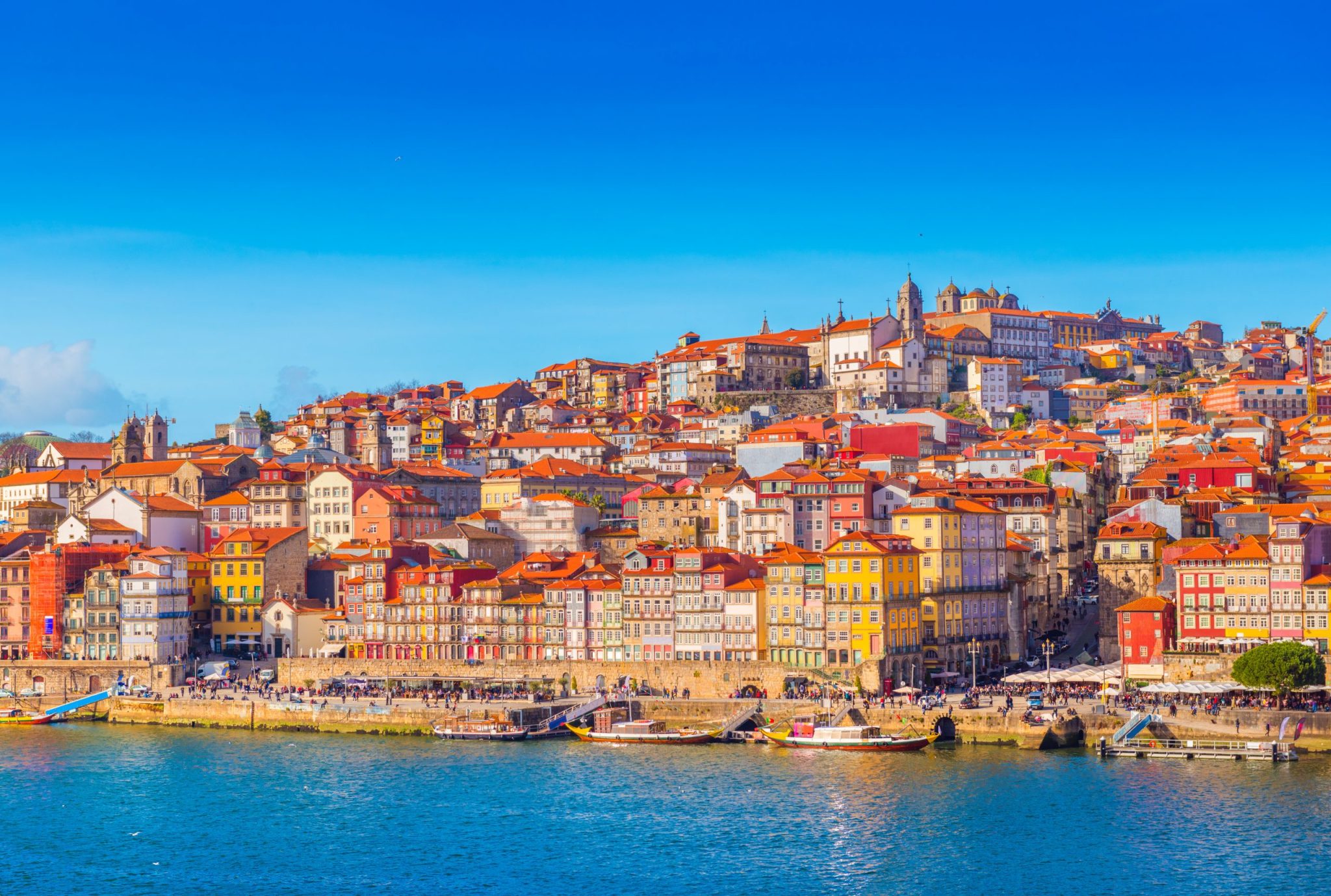
Stage 1: Porto-Póvoa de Varzim
The Porto - Póvoa de Varzim stage is a long one. Starting at the historic Sé Cathedral, part of the route is right in the heart of the city. This urban trail is perfect for those who want to experience the contrast between the bustling metropolis and the inner peace of those who follow in Santiago's footsteps.
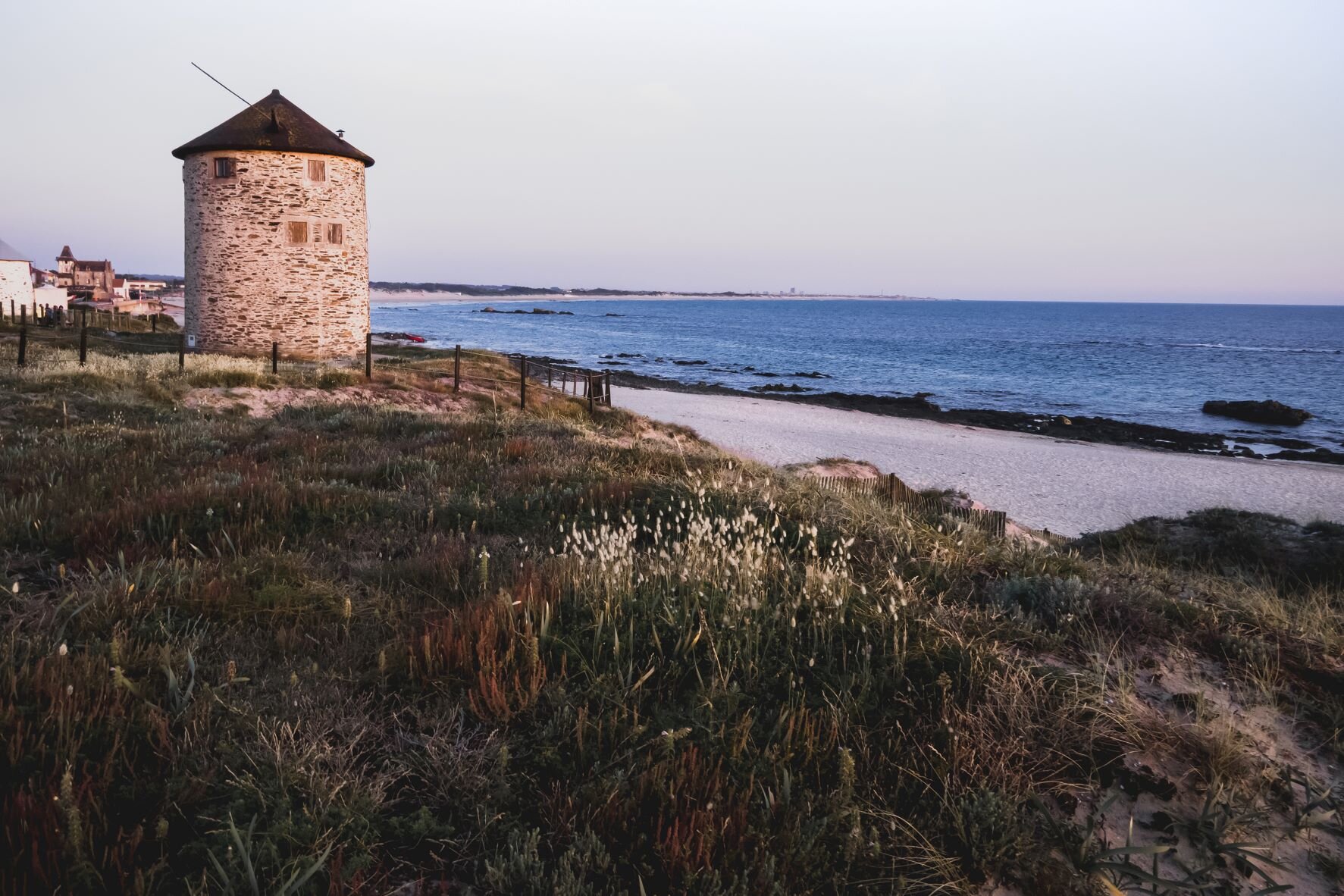
Stage 2: Póvoa de Varzim - Marinhas
On the Póvoa do Varzim - Marinhas stage, we'll head out to sea from Póvoa de Varzim and continue for most of the route. Once again, we'll have to pay close attention to the wind and the proximity to the sea, as it makes it easier to get scalded.
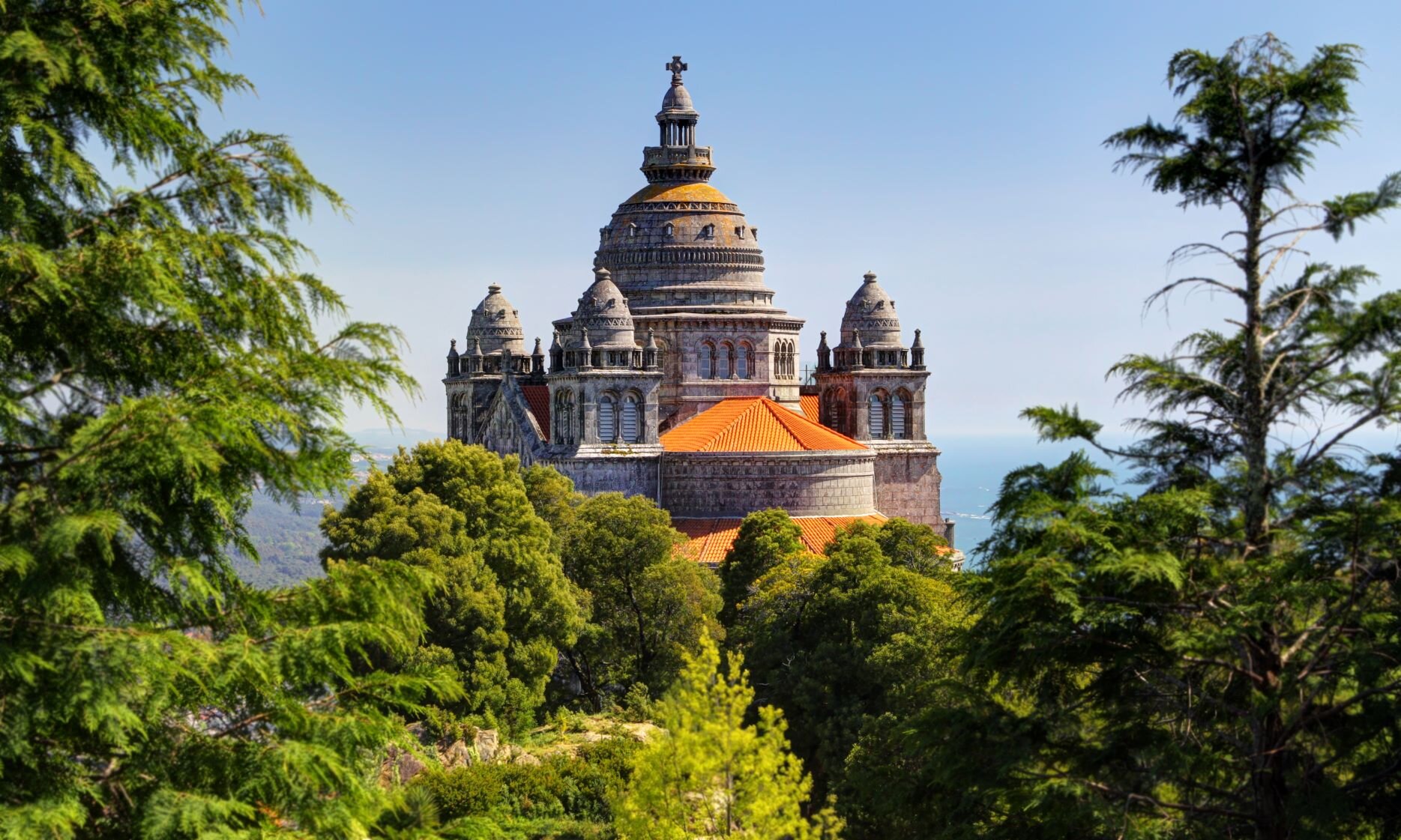
Stage 3: Marinhas - Viana do Castelo
The Marinhas - Viana do Castelo stage takes us away from the sea, towards the sacred mountains of the millenary route. Although not difficult, a few climbs after the Church of Santiago in Castelo de Neiva may make our twins complain a little at the end of the day, but nothing out of this world.
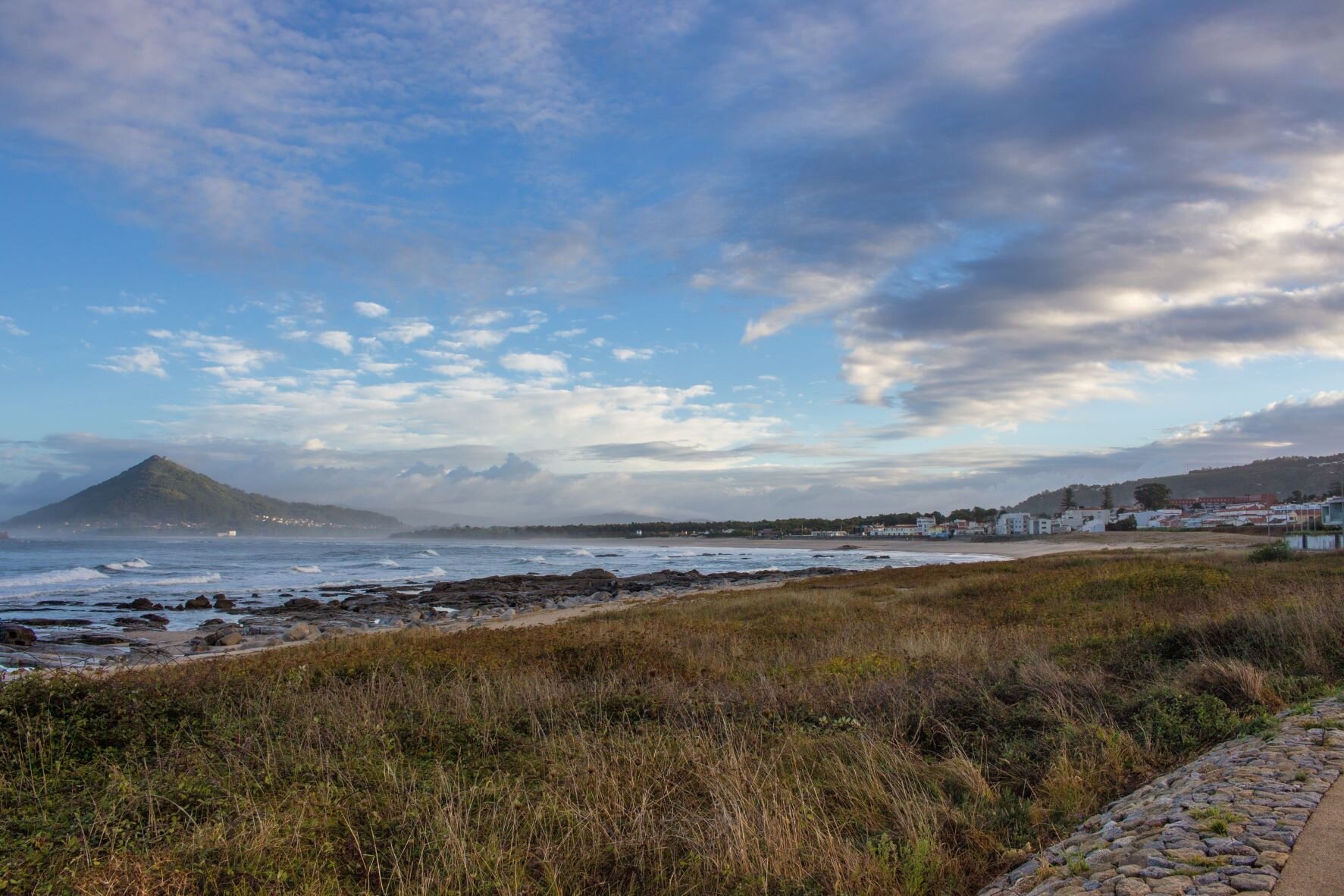
Stage 4: Viana do Castelo - Caminha
This is one of the longest stages of the next few days and, until you reach Vila Praia de Âncora, it's uphill all the way. On this climb we'll see small Portuguese villages with a unique charm that is irresistible to lovers of this corner of the seaside.
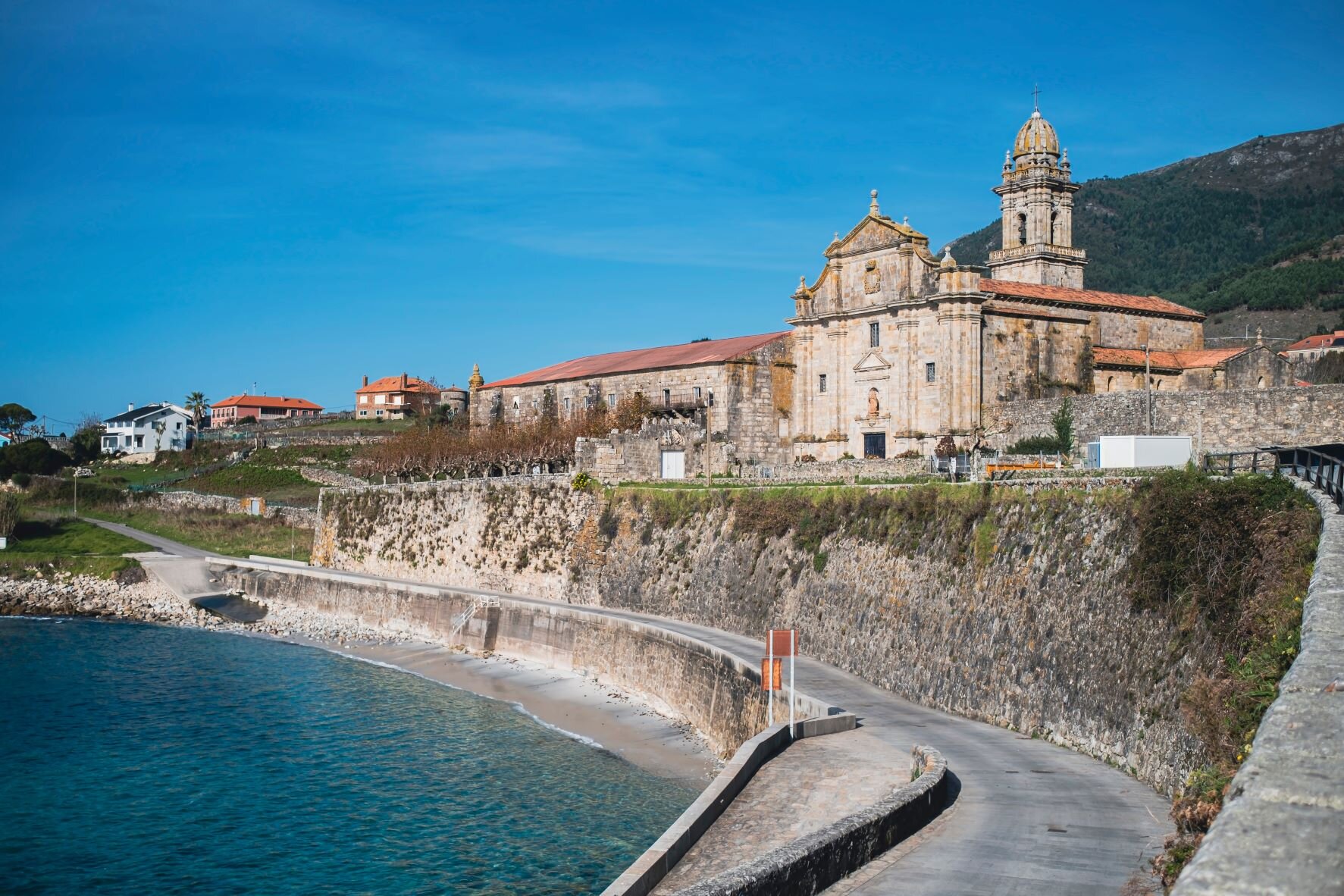
Stage 5: Caminha - Valença
The Caminha - Valença stage is the original variation of the Portuguese Coastal Path. Here we say goodbye to the ocean as a companion for all our steps, and the river takes its place. Despite the beauty along the flow of water, this route can be difficult as there are many climbs and descents all the way to Vila Nova de Cerveira.
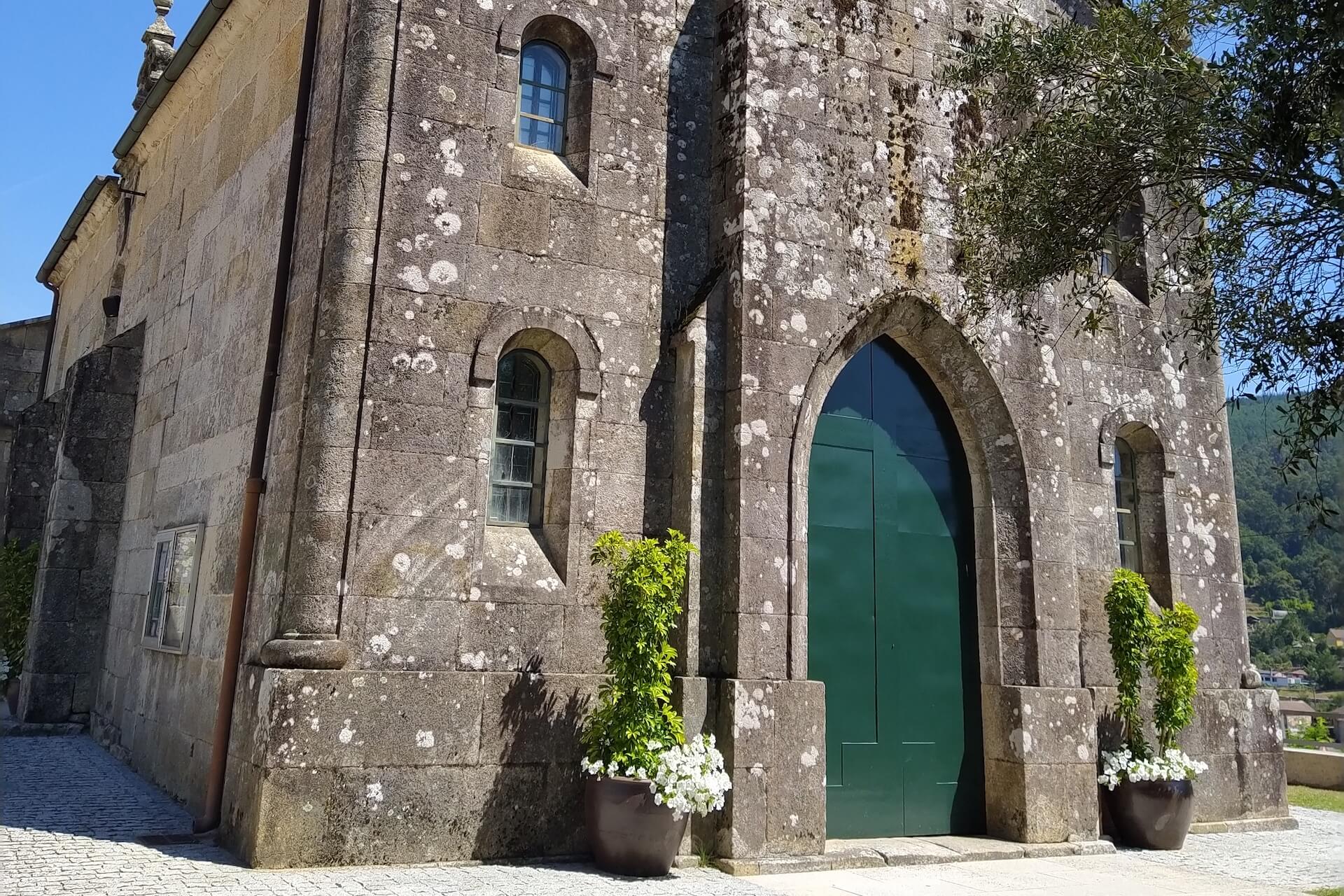
Stage 6: Valença/Tui - Mos
The Valença/Tui - Mos stage takes place in three different stages, with different terrain characteristics. It's also important to remember that in Spain it's an hour longer than in Portugal!
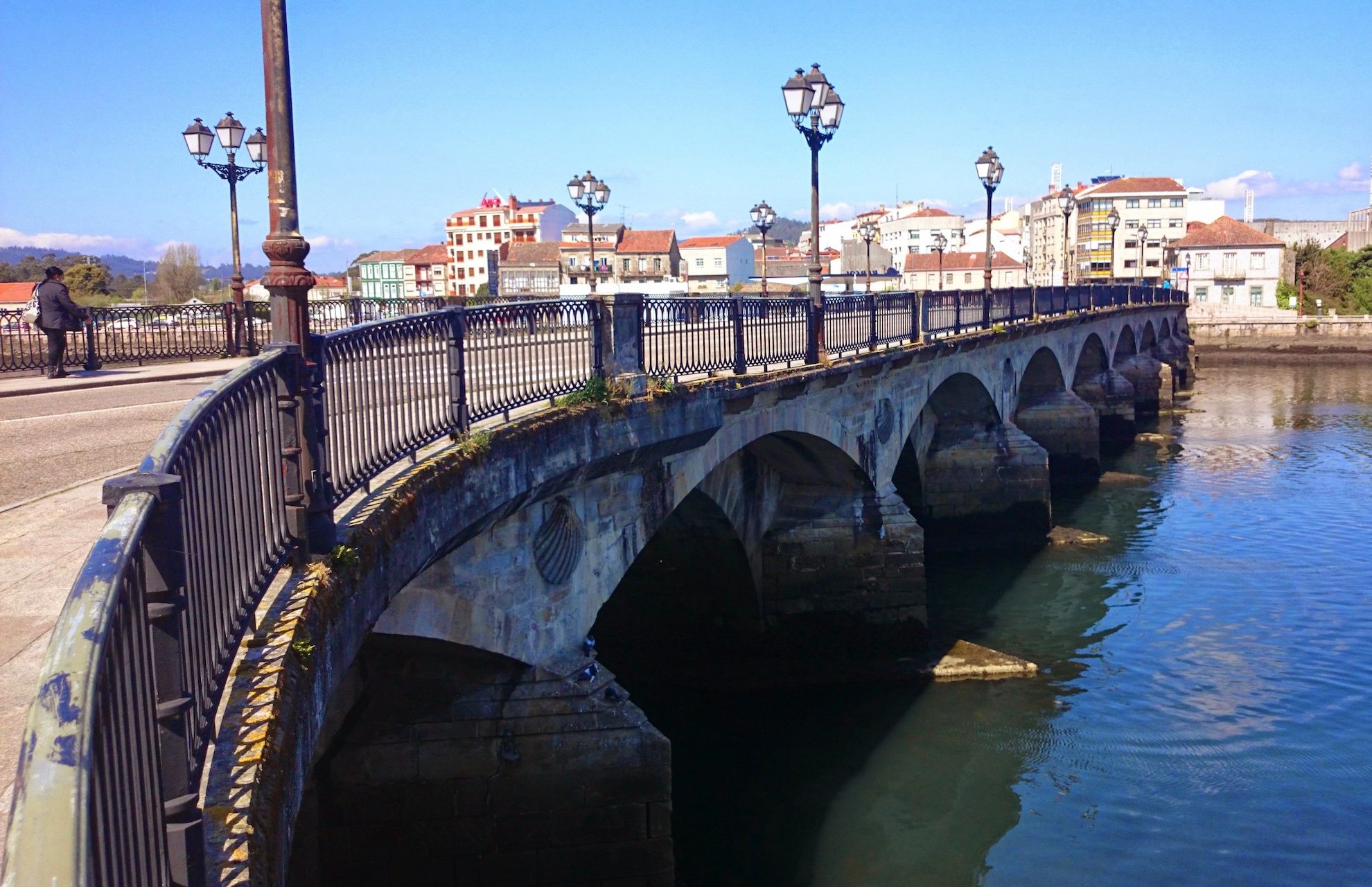
Stage 7: Mos-Pontevedra
The Mos - Pontevedra stage is one of the most difficult of the entire Camino de Santiago, but it is also one of the most beautiful. Right at the start, there's a climb of half a kilometer that takes us to a less winding road with local shops, always on hand to welcome pilgrims who are hungry or thirsty.
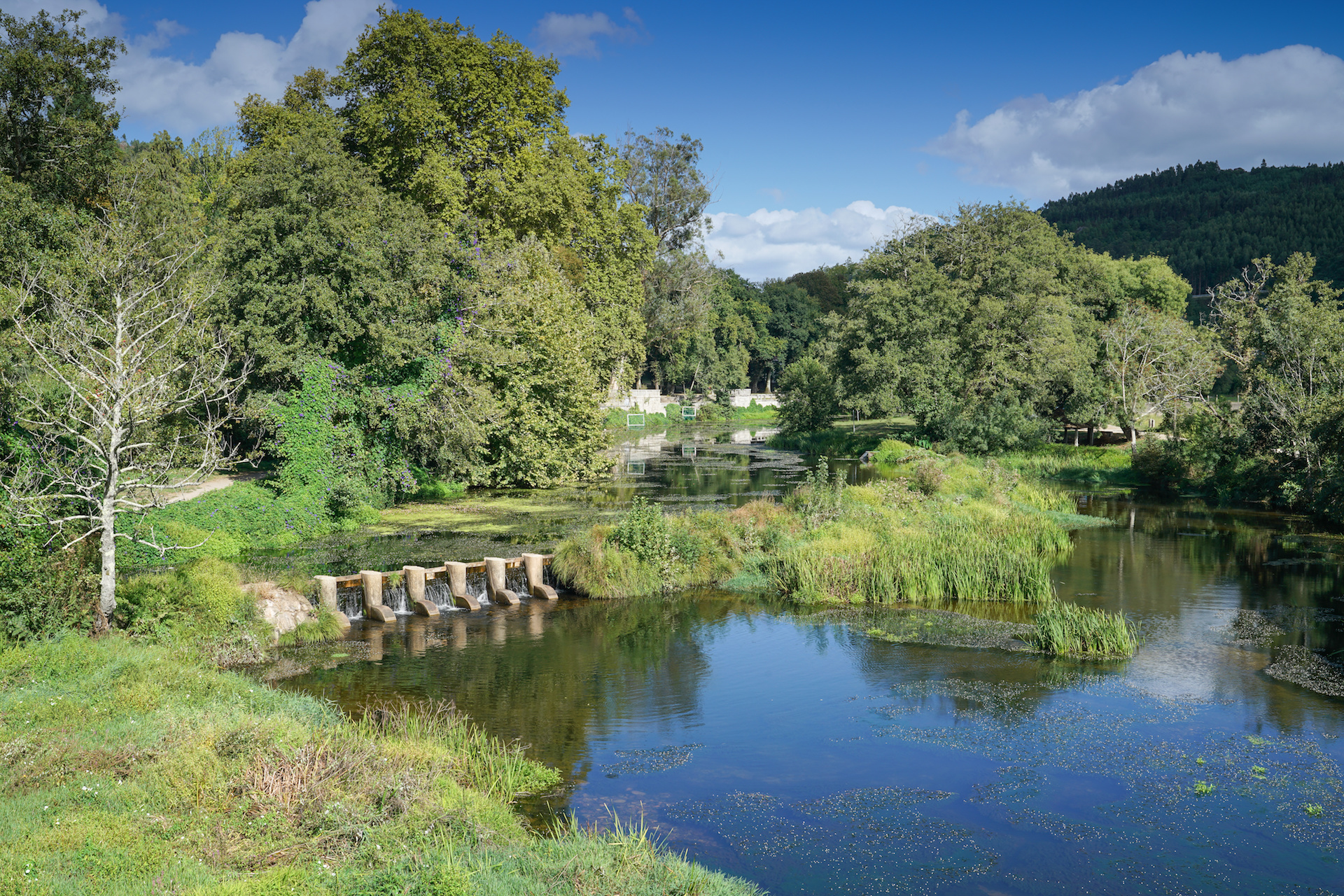
Stage 8: Pontevedra-Caldas de Reis
The Pontevedra - Caldas de Reis stage is a pleasant journey, with no major difficulties. After leaving Ponte do Burgo, the crossing becomes simple, with no notable elevations and an excellent selection of churches and other religious monuments.
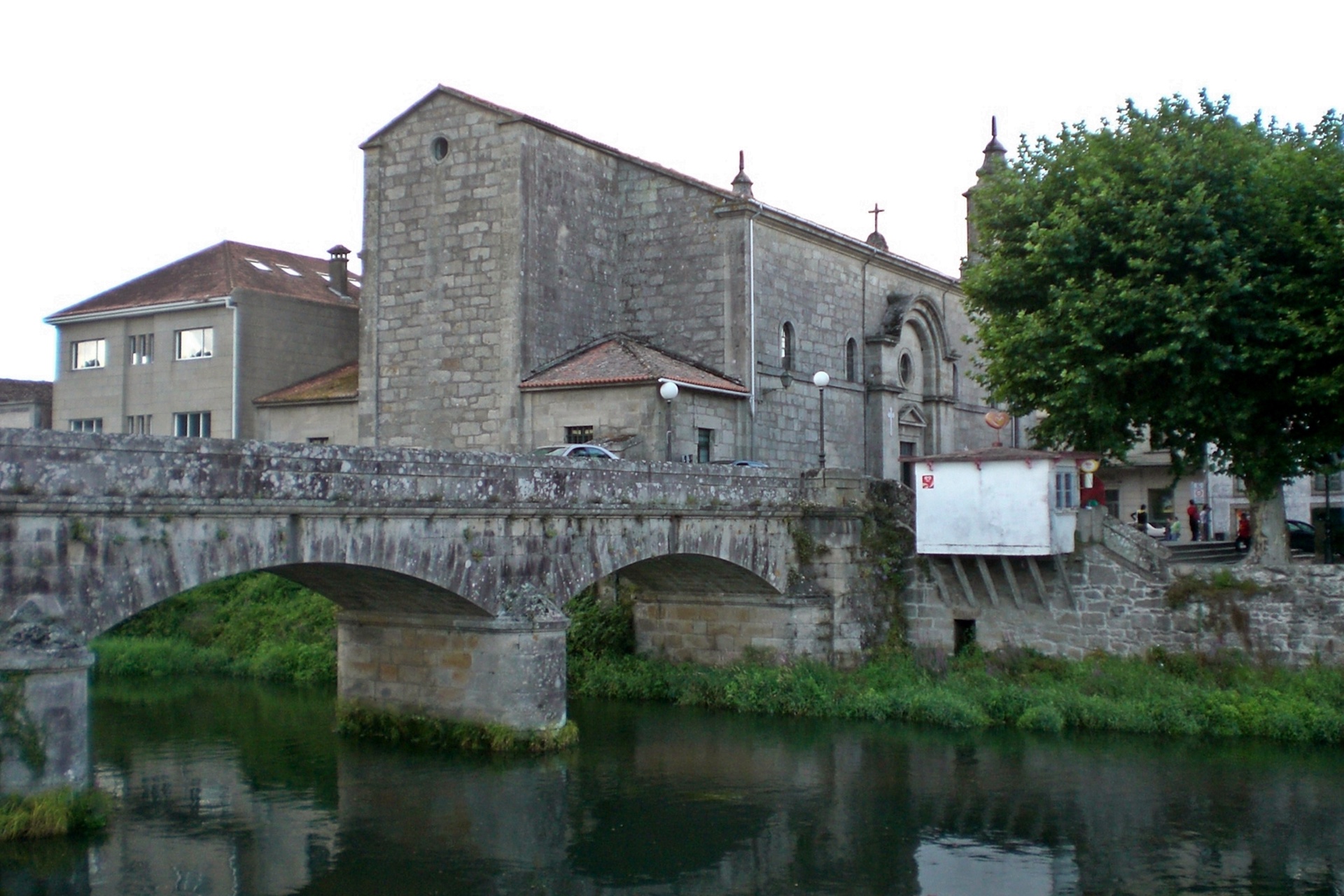
Stage 9: Caldas de Reis-Padrón
The Caldas de Reis - Padrón stage is, for many, one of the most beautiful of the entire Camino de Santiago de Camino de Santiago. In these final moments of the pilgrimage, it's normal to see more and more people along the routes, more accommodation and, above all, more shops on the roads that take us to the Galician capital.
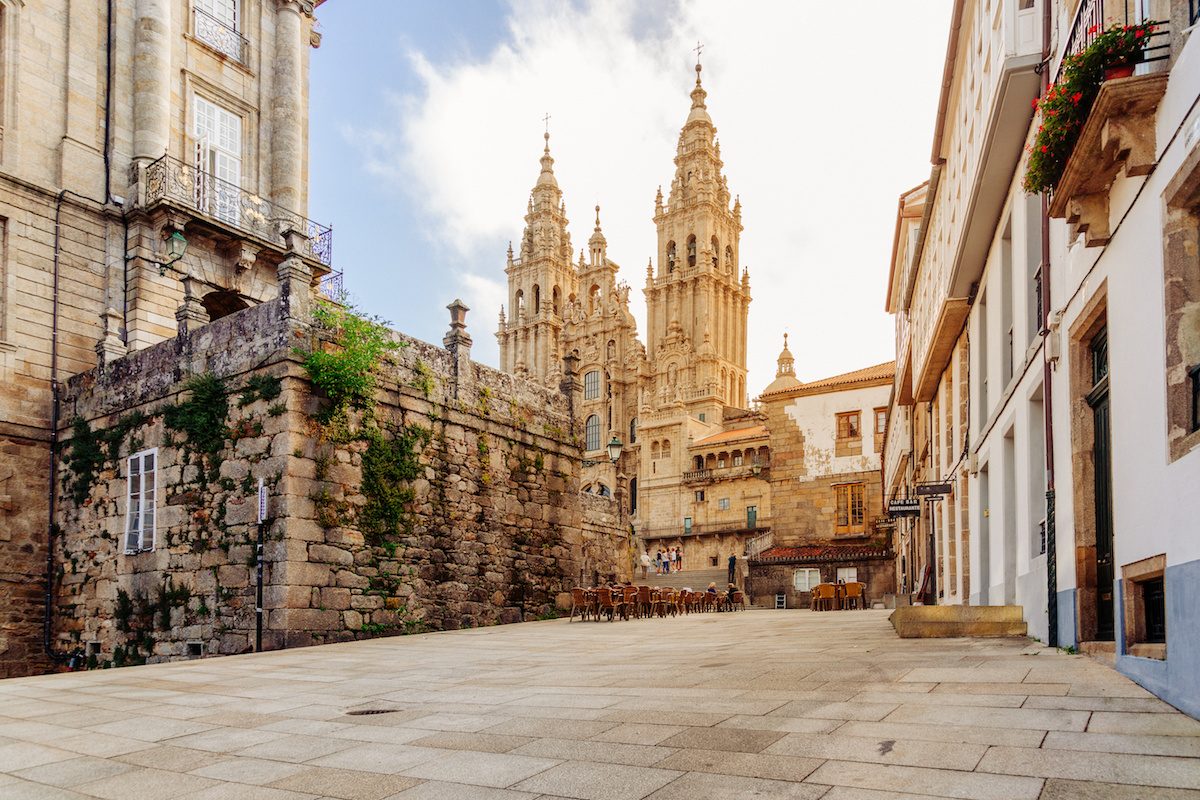
Stage 10: Padrón-Santiago de Compostela
The Padrón - Santiago de Compostela stage is a return to urban trails designed with cars in mind. After the Roman city, we start to make our way through the last forest we'll come across. The rest of the route is back on the road that has accompanied us over time. THE N-550.
